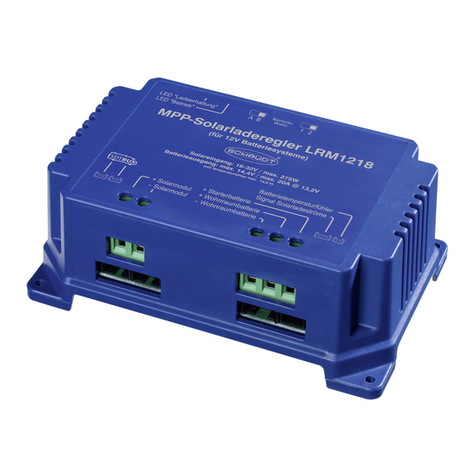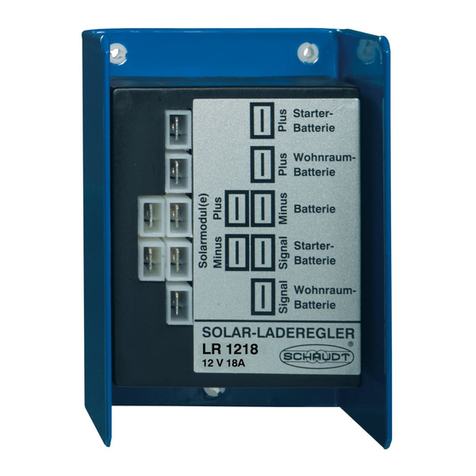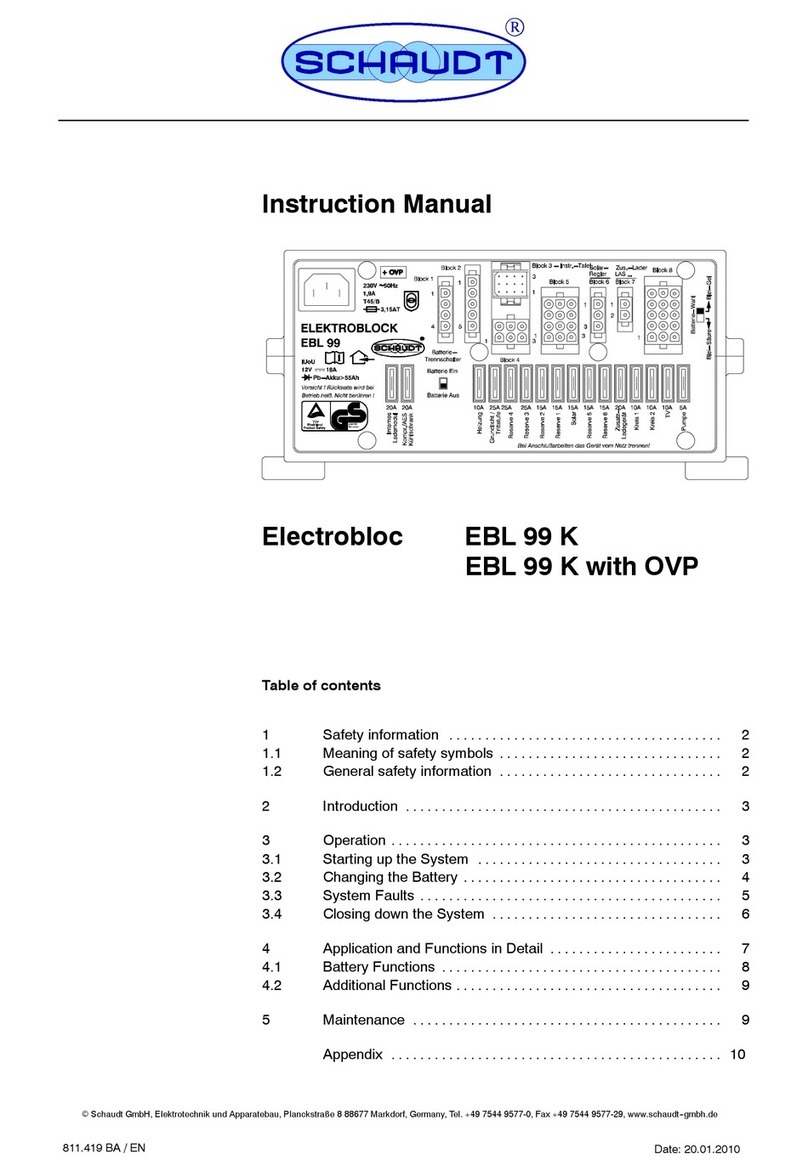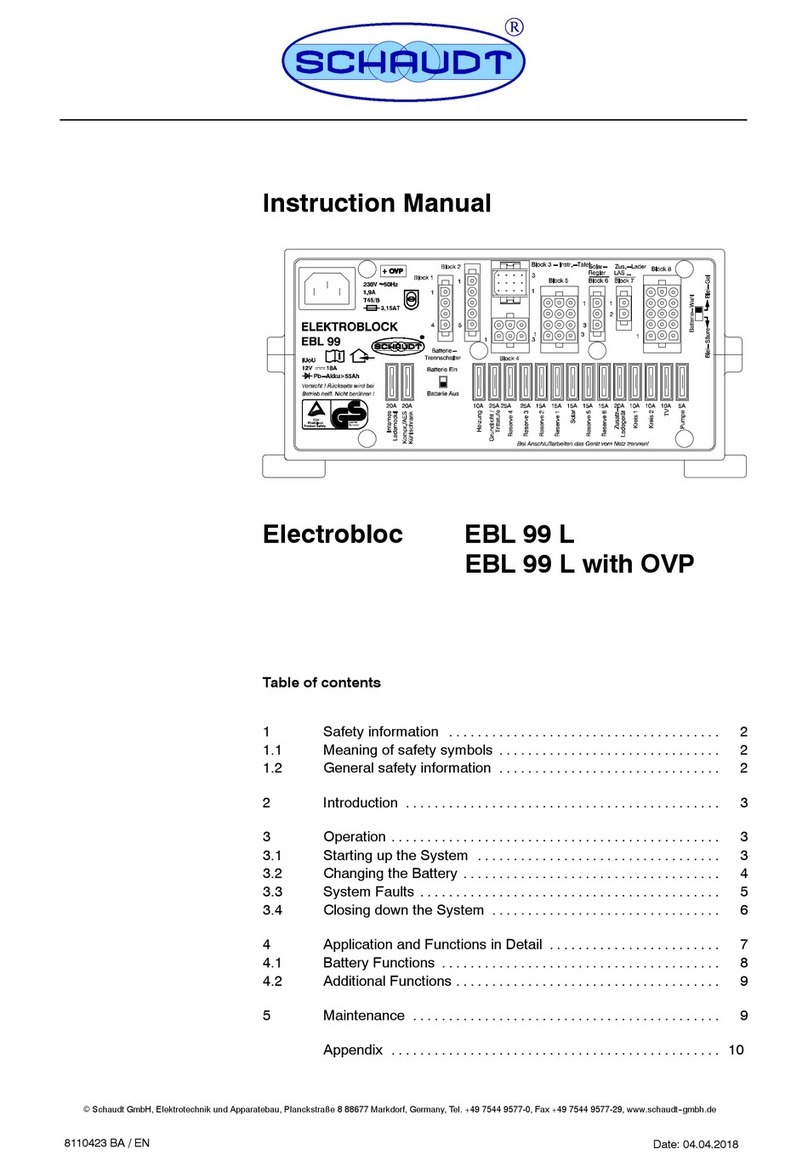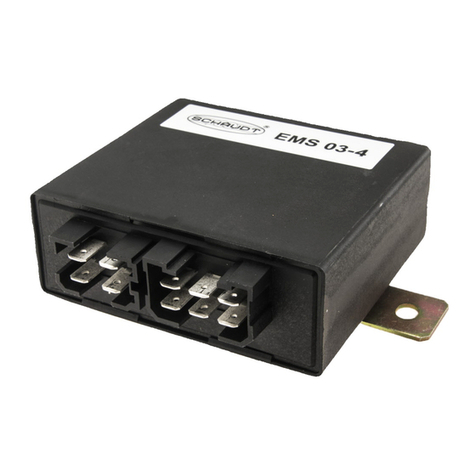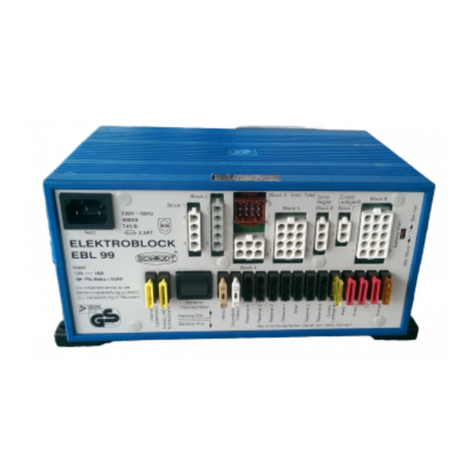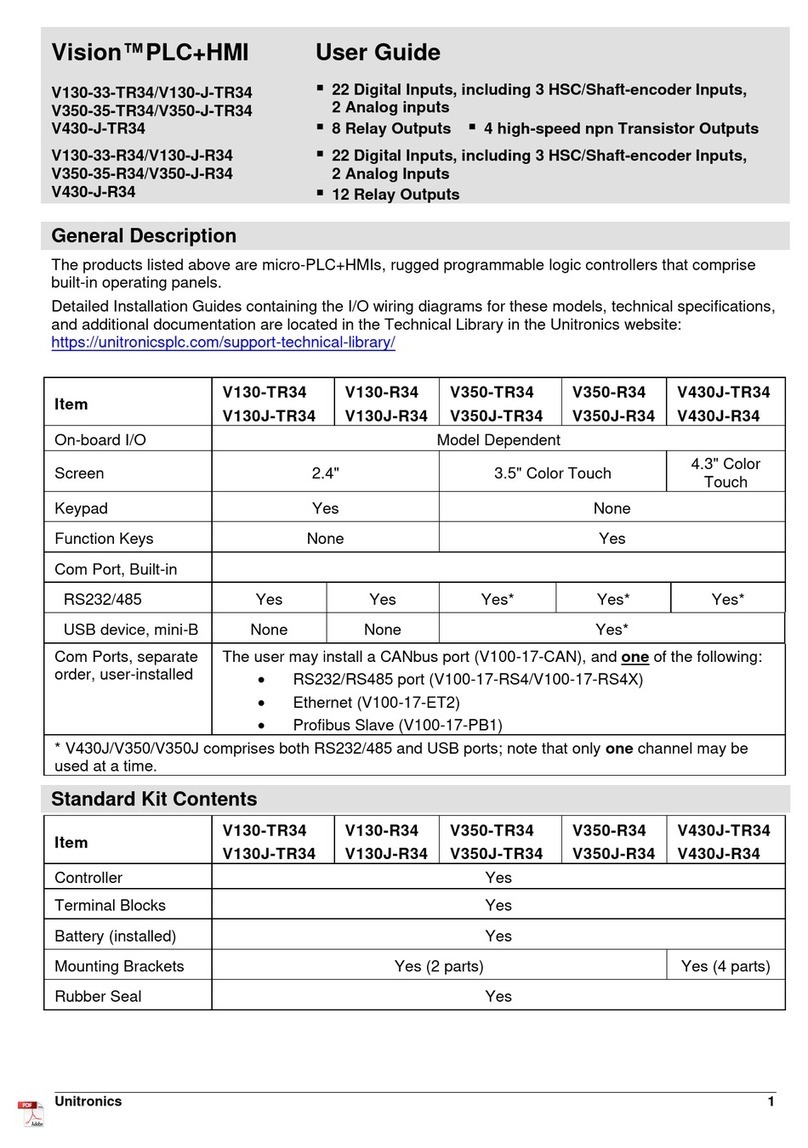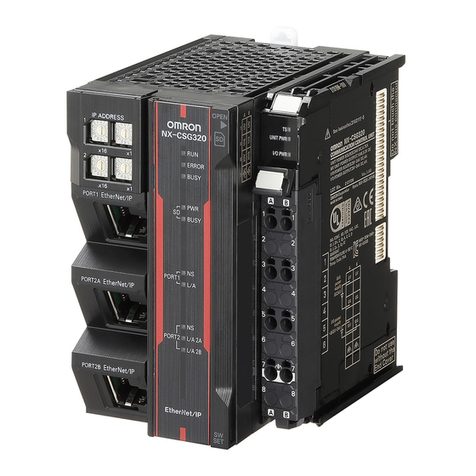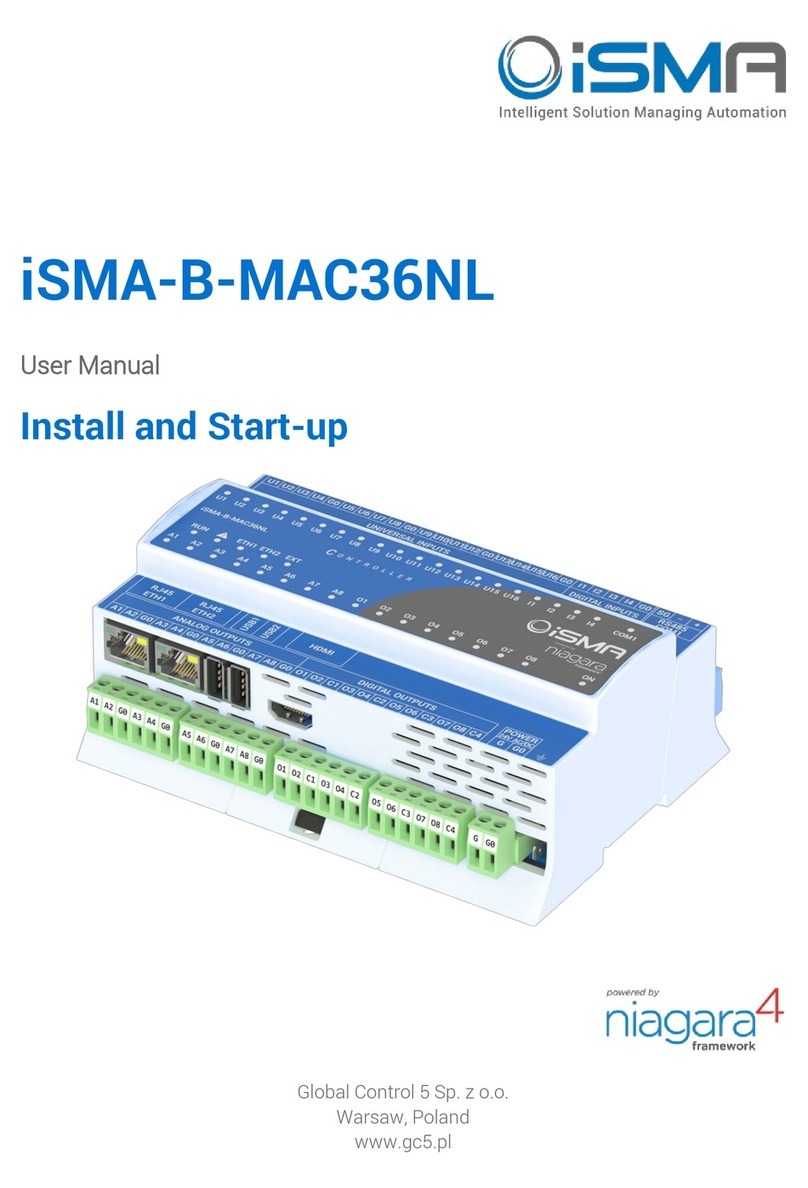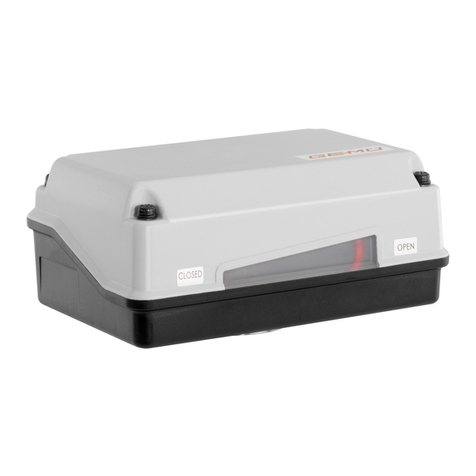Schaudt LRM 1218 User manual

Date: 22.07.2015
ESchaudt GmbH, Elektrotechnik und Apparatebau, Planckstraße 8, 88677 Markdorf, Germany, Tel. +49 7544 9577-0, Fax +49 7544 9577-29, www.schaudt--gmbh.de
822.0213 BA / EN
Operating Instructions
LRM 1218 Solar Charge Regulator
Table of contents
1 Safety information 2......................................
1.1 Meaning of safety symbols 2...............................
1.2 General safety information 2...............................
2 Introduction 3............................................
2.1 Purpose 3...............................................
2.2 Function of the LRM 1218 solar charge regulator 3............
3 Operation 4..............................................
4 Operating faults 5........................................
5 Technical details 6........................................
5.1 Mechanical details 6......................................
5.2 Electrical details 6........................................
5.3 Environmental parameters 7...............................
6 Maintenance 7...........................................
Appendix 8..............................................

Operating Instructions for Solar Charge Regulator LRM 1218
2Date: 22.07.2015 822.0213 BA / EN
1 Safety information
1.1 Meaning of the safety symbols
YDANGER!
Failure to comply with this sign may result in danger to life or physical con-
dition.
YWARNING!
Failure to comply with this sign may result in injury.
YATTENTION!
Failure to comply with the sign may result in damage to equipment or other
connected loads.
1.2 General safety instructions
The design of the device is state-of-the-art and complies with approved sa-
fety regulations. Failure to observe the safety instructions may nonetheless
lead to injury or damage to the device.
Only use the device when it is in perfect technical condition.
Any faults affecting the safety of persons or the proper functioning of the de-
vice must be repaired immediately by specialists.
YDANGER!
230V units carrying mains voltage.
Risk of fatal injury due to electric shock or fire:
FDo not carry out maintenance or repair work on the device
FIf cables or the device housing are damaged, no longer use the
device and isolate it from the power supply
FEnsure that no liquids enter the device
YWARNING!
Hot components!
Burns:
FOnly change blown fuses when the device is fully de-energised.
FBlown fuses may only be replaced once the cause of the fault is
known and has been rectified.
FNever bypass or repair fuses.
FOnly use original fuses rated as specified on the device.
FDevice parts can become hot during operation. Do not touch them.
FNever store heat sensitive objects close to the device (e.g. tempera-
ture sensitive clothes if the device has been installed in a wardrobe).

Operating Instructions for Solar Charge Regulator LRM 1218
3
Date: 22.07.2015
822.0213 BA / EN
2 Introduction
This instruction manual contains important information on safe operation of
the device. Make sure you read and follow the safety instructions provided.
The instruction manual should always be kept in the vehicle. All safety infor-
mation must be passed on to other users.
2.1 Purpose
The MPP LRM 1218 solar charge regulator is for charging the batteries of
the motorhome by means of the solar modules connected.
The solar charge regulator limits and controls the charging voltage of the
batteries. The LRM 1218 solar charge regulator can be connected to:
Fa Schaudt electroblock with an STDBUS connection and a separate
connection for solar current
Fa Schaudt electroblock with a separate connection for solar current
Fa Schaudt electroblock with a retrofit adapter for charging the starter
battery
Fdirectly to the batteries
YTo use the solar charge regulator with an electroblock, refer to the in-
struction manual for the electroblock.
For vehicles with SDTBUS, or when a digital control panel with solar current
display is available, the charging current is read by the shunt fitted in the
solar charge regulator, and displayed on the panel as solar current.
When used on systems without an integrated solar current display, the
separately available LT 320 control panel can be used as an accessory. It
enables the display of the solar charging current for the leisure and starter
batteries.
2.2 Function of the LRM 1218 solar charge regulator
The power output of a solar cell is dependent on its load and temperature,
as well as other factors such as lighting intensity. A certain off-load voltage is
applied to a non-loaded solar cell under light irradiation.
The maximum power can be taken in the Maximum Power Point (MPP) of a
solar module. Because the solar module only delivers its highest yield in this
point, a regulator connected must be able to find this point, and keep it conti-
nually even under changing conditions.
The LRM1218 solar regulator is used to charge 6-cell, 12V lead batteries
(lead-acid, lead-gel and AGM batteries).
The solar regulator is a clocked converter featuring a very high efficiency
level. A microcontroller controls it such that the solar modules connected
always operate within the point of maximum power (the MPP) independently
of sun exposure, battery voltage and module temperature, whilst the battery
is in the main charging phase.
The charge voltages provided are aligned perfectly to the leisure battery by
means of a temperature sensor and the ability to set three battery types.
Electroblocks
Batteries
Solar current display
LT 320 (accessory)
Function ofsolar cell
Maximum Power Point
MPP
Functional principle
of the LRM 1218

Operating Instructions for Solar Charge Regulator LRM 1218
4Date: 22.07.2015 822.0213 BA / EN
The starter battery is also charged -- as soon as the leisure battery has finis-
hed the main charging phase.
The solar regulator has an SDTBUS connector and so can be integrated
perfectly into bus systems from Schaudt. For the upgrading of older systems
(such as the DT 201 and DT 220 control panels in conjunction with EBL 101
and EBL 220), a connector with an appropriate analogue signal to display
the solar currents in the leisure and starter batteries is provided.
Two LEDs for ”Operation” and ”Charge retention” provide information on
function and broadly full battery. The device has a very compact and light-
weight design. The fan fitted is very quiet and runs only when the perfor-
mance is high.
Its function means the MPP LRM 1218 solar regulator is able to deliver (de-
pending on conditions such as outside temperature and level of sunshine) a
5 ... 30% higher solar current than conventional series regulators (a low out-
side temperature and high level of sunshine would be ideal).
Three different charging curves (”Lead-acid”, ”Lead-Gel/AGM I” and ”AGM
II”), or supply with a fixed voltage, can be set from two slide switches.
The charge curve however is dependent not only on the setting of the bat-
tery type switch, but also on the battery temperature determined (when an
optionally available battery temperature sensor is connected or when the
LRM 1218 is connected to an SDTBUS system having a battery temperature
sensor).
The preference is to load the leisure battery. As soon as the LRM 1218 re-
stricts the loading voltage of the leisure battery, it indicates the broad char-
ging of the leisure battery. Charging of the starter battery is activated at this
moment.
3 Operation
The solar charge regulator has no controls.
The LRM 1218 solar regulator may have to be readjusted when the battery
type is changed:
B
a
t
t
e
r
y
t
y
p
e
s
e
t
Switch settings
B
attery type set Switch S1 Switch S2
Supply mode 1 A
AGM2 1 B
Lead-gel / AGM1 2 A
Lead-acid 2 B
YThe charge regulator supplies a constant output voltage in supply mode.
YThe two switches are well recessed to stop them being used incorrectly.
A small screwdriver may have to be used to change the switches.
Leisure battery
Starter battery

Operating Instructions for Solar Charge Regulator LRM 1218
5
Date: 22.07.2015
822.0213 BA / EN
S2
S1
Green LED
Yellow LED
Fig. 1 Battery setting switches and LEDs
Two LEDs show the current status of the regulator:
FYellow LED: Device in charge mode (leisure and/or starter battery)
FGreen LED: Charge retention active (leisure battery full)
FThe two LEDs flash alternately: Supply mode
YThe charge mode ( LED lights up yellow ) does not start until the voltage
of the solar module is more than 17 V.
The solar currents are displayed on a control panel connected (such as an
LT 320) -- refer to the separate operating instructions.
Proceed as follows if a battery temperature sensor is to be retrofitted:
"Switch off the system from the main switch (control panel)
"Remove the ”Solar modules” connector on the LRM 1218
"Remove the ”Leisure and starter battery” connectors on the LRM 1218
"Plug the battery temperature sensor into the LRM 1218
"Plug the ”Leisure and starter battery” connectors into the LRM 1218
FThe LRM 1218 solar regulator reconfigures itself automatically -- chan-
ged battery charge curves are now used.
"Plug the ”Solar modules” connector into the LRM 1218
YA battery temperature sensor connected directly to the solar regulator
has the benefit that charging is temperature-controlled even when the
bus is not active (such as when not in use in the winter break).
4Faults
Please contact our customer service team if you cannot rectify the fault
using the following table.
If this is not possible, such as when you are abroad, the solar regulator can
continue to be used. For faults E271 and E272 (display of only SDT ... bus
systems possible), standard curves are used for charging. Charging is then
no longer temperature-controller.
Fault Possible cause Remedy
No display of the solar cur- Defective wiring Have the wiring checked
p
y
rent on the control panel
(if available) Solar charge regulator de-
fective
Contact customer service
Defective electroblock Contact customer service
Retrofitting a TF ...
battery temperature
sensor

Operating Instructions for Solar Charge Regulator LRM 1218
6Date: 22.07.2015 822.0213 BA / EN
Fault RemedyPossible cause
Batteries are not being Defective batteries Have the batteries checked
g
charged If batteries are in perfect
working order: Solar
charge regulator defective
Contact customer service
Defective electroblock Contact customer service
Defective wiring Have the wiring checked
Yellow LED flashing Output stage disabled (re-
gulator not being used)
due to overcurrent or over-
voltage
Incorrect solar module (or
too many solar modules)
connected (input power
too high) -- contact custo-
mer service
SDT ... bus system
fault messages:
E270 No LRM 1218 on bus Check bus wiring
Contact customer service
E271 Battery temperature sen-
sor short-circuit*
Check wiring/
connector
Contact customer service
E272 Battery temperature sen-
sor cable break or defec-
tive sensor*
Check wiring
Replace sensor
E273 Overload/overcurrent and/
or overtemperature
Incorrect solar module (or
too many solar modules)
connected (input power
too high) -- contact custo-
mer service
*The temperature value available on the bus is used as an alternative for bus sy-
stems with another battery temperature sensor (such as a HELLA battery sensor).
5 Technical details
5.1 Mechanical details
135x48x90(WxHxDinmm)
360 g
Plastic, blue (RAL 5010)
5.2 Electrical details
12 V DC
Up to 20 A for leisure and starter battery together;
leisure battery has priority;
e.g. only leisure battery for solar power 275 W:
F20 A @ 13.2 V leisure battery voltage
F18 A @ 14.4 V leisure battery voltage
6-cell lead batteries, 55 Ah and above (lead-acid, lead-gel, AGM)
F36-cell modules as a minimum
FOff-load voltage 20 ... 32 V
FMaximum total capacity of solar modules 275 Wp
Dimensions
Weight
Casing
Nominal voltage
Charging current
Suitable batteries
Suitable solar modules

Operating Instructions for Solar Charge Regulator LRM 1218
7
Date: 22.07.2015
822.0213 BA / EN
For example, five solar modules each rated at 55 Wp can be connected in
parallel:
Per solar module e.g. Uoffload =22V,U
MPP = 17.2 V
IMPP =3.2A
Total nominal current IMPP =16A
Battery type
set
Charging-
voltage
Charge reten-
tion voltage
At reference
temperature
Time
phase
Supply mode Fixed voltage 13.4 V
AGM2 14.7 V 13.7 V 25C4h
Lead-gel/
AGM1
14.4 V 13.8 V 25C12 h
Lead-acid 14.4 V 13.4 V 25C4h
The temperature correction of end-of-charge voltages is --20 mV per degree
of temperature increase (in relation to 25C) or +20 mV per degree of tem-
perature reduction (voltage limits: Umin 13.4 V; Umax 14.9 V; the top voltage
limit at 14.9 V is in consideration of the maximum input voltage of the consu-
mers connected).
FSchaudt electroblocks with SDTBUS (they have a separate input for
the solar currents of leisure and starter batteries, and a connector for
the SDTBUS)
FSchaudt electroblocks with a separate connector for the solar currents
of leisure and starter batteries; possibly also a connection for current
display (relayed to the DT .../LT ... control panel connected to the EBL
...)
FSchaudt electroblocks with a retrofit adapter for charging the starter
battery
FDirect connection to leisure and starter batteries for external systems;
solar current display by LT 320 (available optionally) possible
5.3 Environmental parameters
-10 Cto+50C
-20 Cto+70C
Operation in dry environment only
CE marked
6Maintenance
The device requires no maintenance.
Clean the device with a soft, slightly damp cloth and mild detergent. Never
use spirit, thinners or similar substances. Do not allow liquids to enter the
device.
No part of this manual may be reproduced, translated or copied without ex-
press written permission.
Calculation example
End-of-charge-
voltages
Suitable EBL ...
electroblocks and other
connection options
Operating temperature
Storage temperature
Humidity
CE
Cleaning
E

Operating Instructions for Solar Charge Regulator LRM 1218
8Date: 22.07.2015 822.0213 BA / EN
Appendix
A EC Declaration of Conformity
Schaudt GmbH hereby confirms that the design of the LRM 1218 solar char-
ger regulator complies with the following relevant regulations:
The original CE declaration of conformity is available for reference at any
time.
Schaudt GmbH, Elektrotechnik & Apparatebau
Daimlerstraße 5
88677 Markdorf
Germany
B Special fittings/accessories
LT 320 instrument panel for connection to systems without a direct solar cur-
rent display by the control panel
TF 50 A battery sensor to read the battery temperature -- is read automati-
cally and has a bearing on the charging characteristics
C Fault report
In the event of damage, please fill in the fault report and send it with the
faulty device to the manufacturer.
Device type: _______________________
Item no.: _______________________
Vehicle: Manufacturer: _______________________
Model: _______________________
Own installation? Yes -No -
Upgrade? Yes -No -
Following fault has occurred (please tick):
-Battery is not charged when solar modules are connected
-Persistent fault
-Intermittent fault/loose contact
Other comments:
Manufacturer
Address
Panel
Battery temperature
sensor

Operating Instructions for Solar Charge Regulator LRM 1218
9
Date: 22.07.2015
822.0213 BA / EN
D Customer service
Schaudt GmbH, Elektrotechnik & Apparatebau
Planckstraße 8
88677 Markdorf, Germany
Phone: +49 7544 9577-16 Email: kundendienst@schaudt-gmbh.de
Office hours Mon to Thurs 08.00 -- 12.00, 13.00 -- 16.00
Fri 08.00 -- 12.00
Returning a faulty device:
"Complete and enclose the fault report, see Appendix C.
"Send it to the addressee (free delivery).
E Mechanical layout
1
3
7.5
130.7
90
119
60
ø4 (2x)
135
48
2
345
Fig. 2 Dimensions and connectors for the LRM 1218 solar charge regulator
1 Solar module connection
2 Leisure and starter battery connections, via electroblock as required
3 STDBUS connector
4 Control panel connector, via electroblock as required
5 Battery temperature sensor connector
Customer service
address
Send in device

Operating Instructions for Solar Charge Regulator LRM 1218
10 Date: 22.07.2015 822.0213 BA / EN
(blank page)
Other manuals for LRM 1218
2
Table of contents
Other Schaudt Controllers manuals
Popular Controllers manuals by other brands
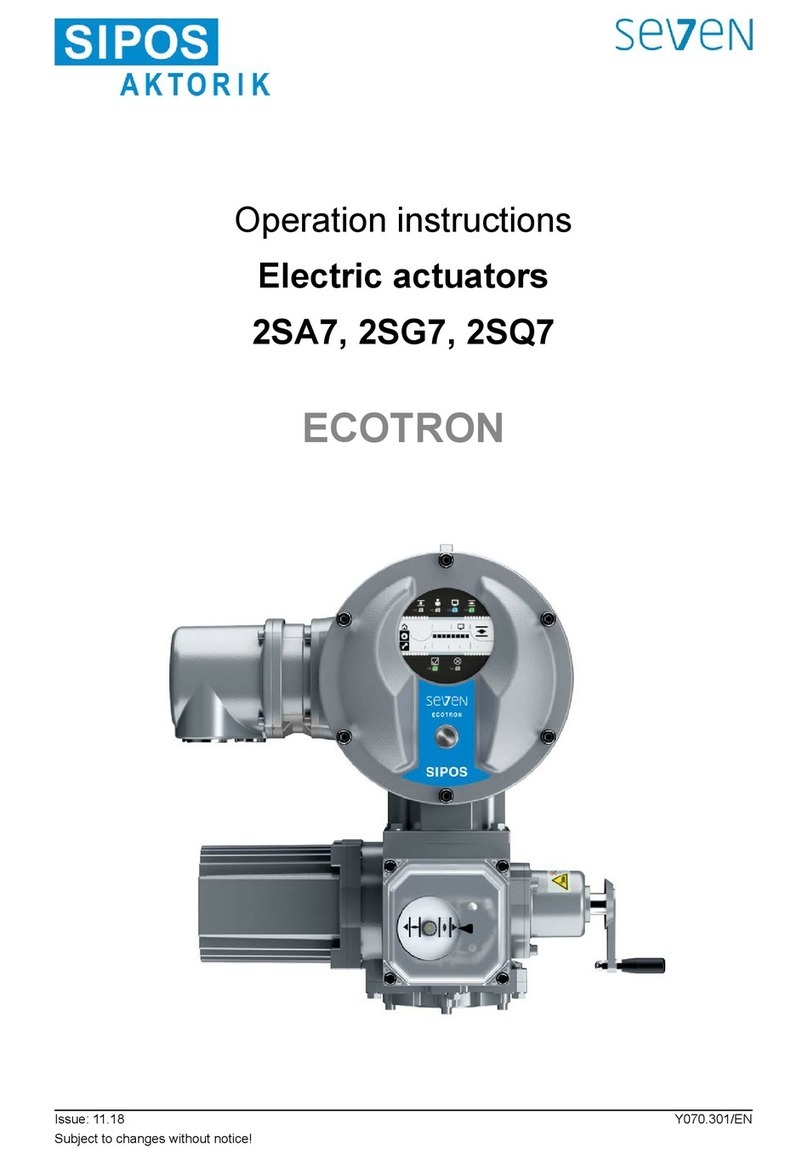
SIPOS
SIPOS Seven Aktorik Ecotron Series Operation instructions
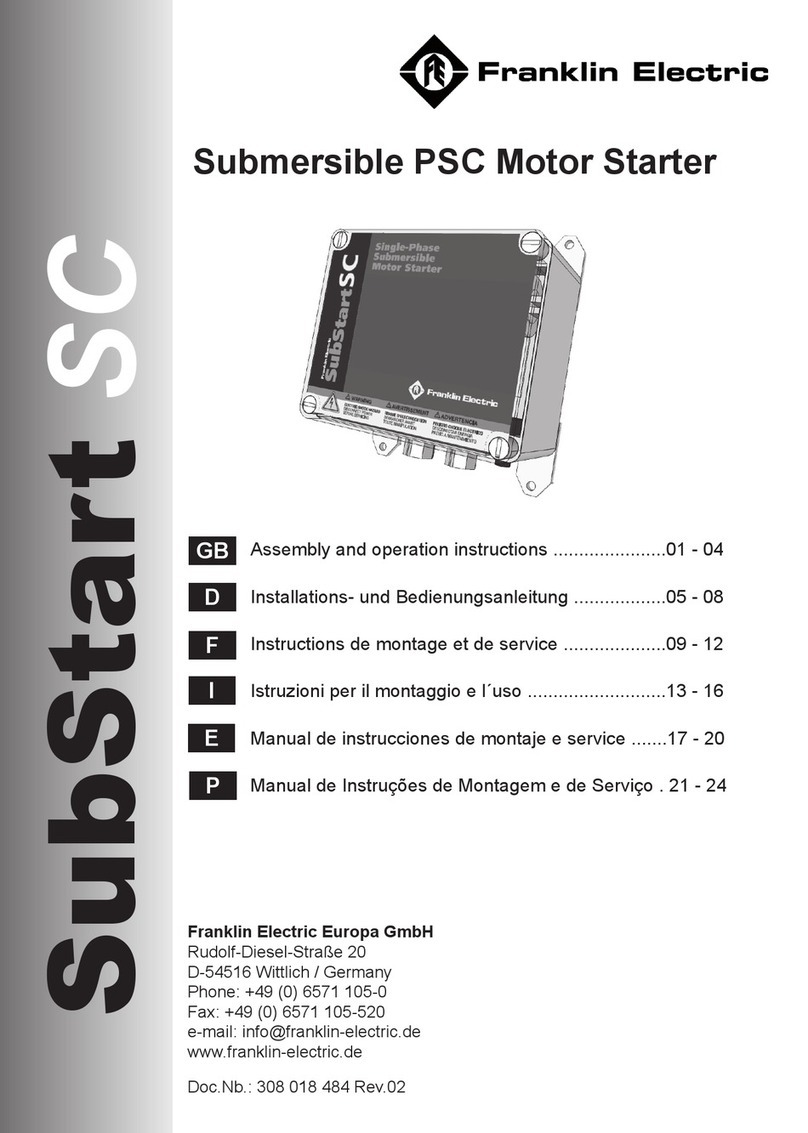
Franklin Electric
Franklin Electric SubStart SC Assembly and operation instructions
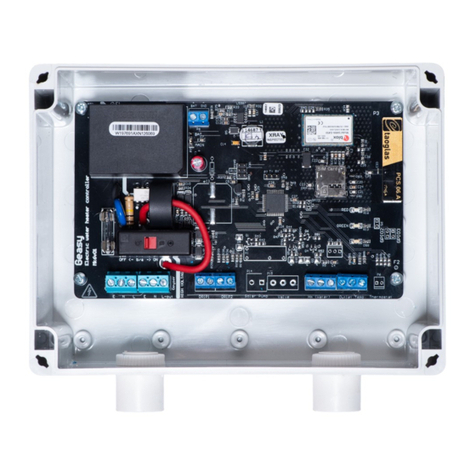
BridgIoT
BridgIoT Geasy MK6 instruction manual
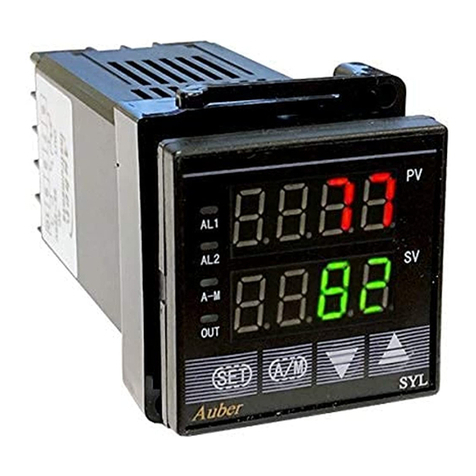
Auber Instruments
Auber Instruments AW-SYL-2352 instruction manual
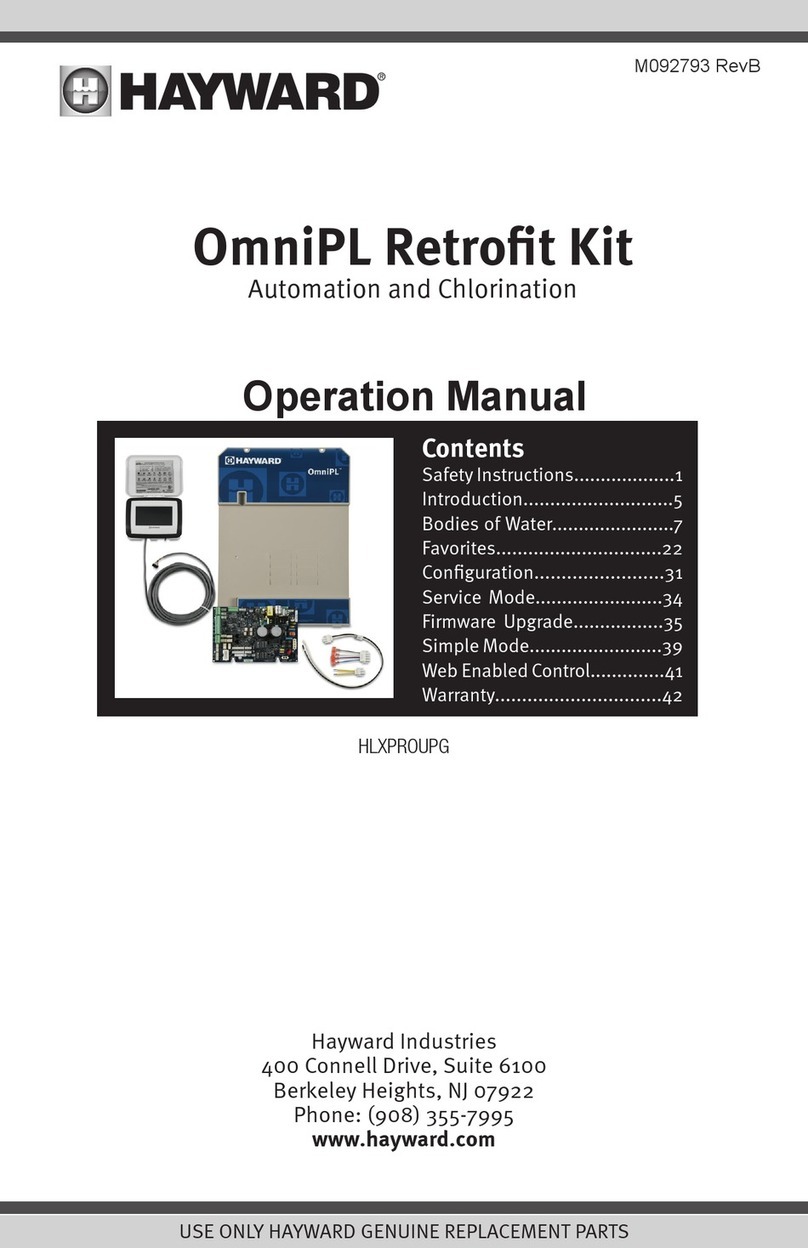
Hayward
Hayward OmniPL Retrofit Kit Operation manual

GE
GE IC697GDC701 manual
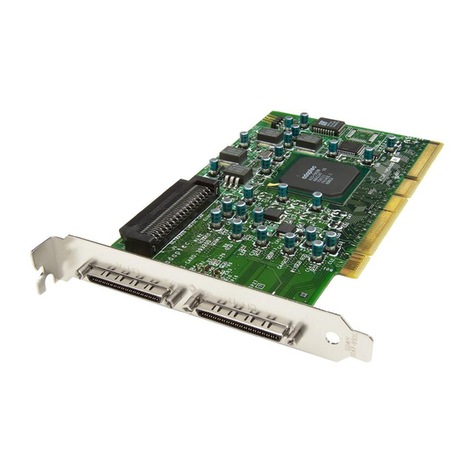
Adaptec
Adaptec 39320D user guide
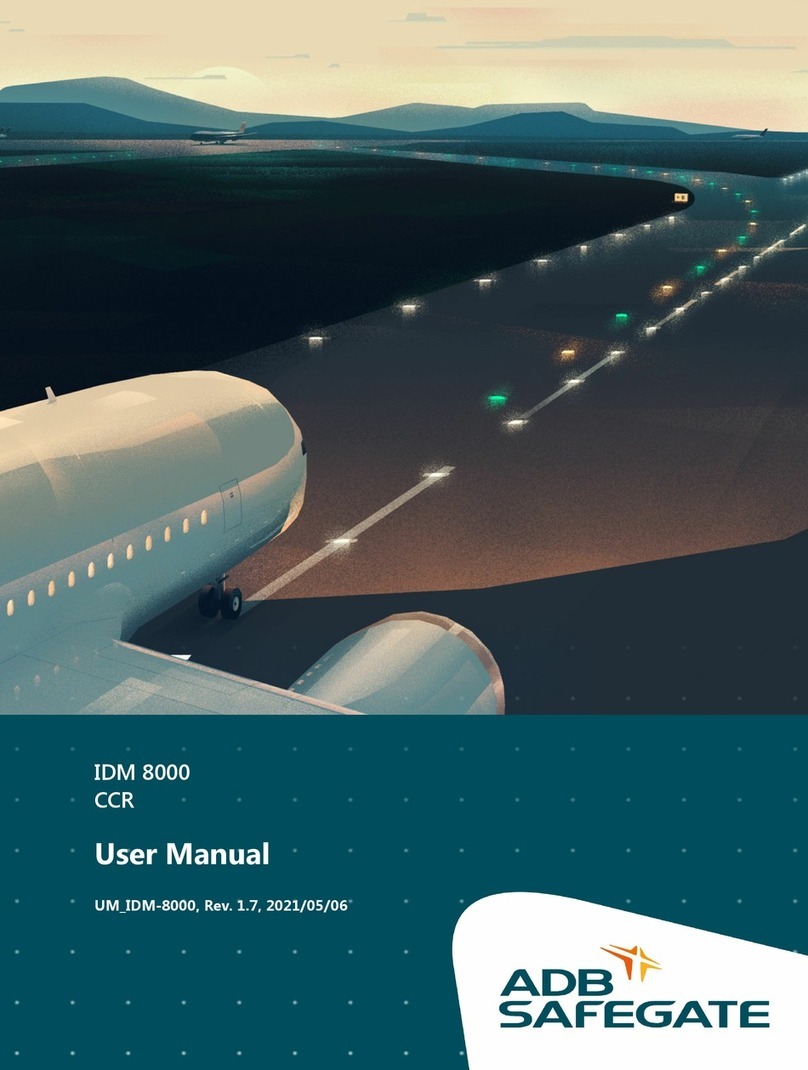
ADB Safegate
ADB Safegate IDM 8000 user manual
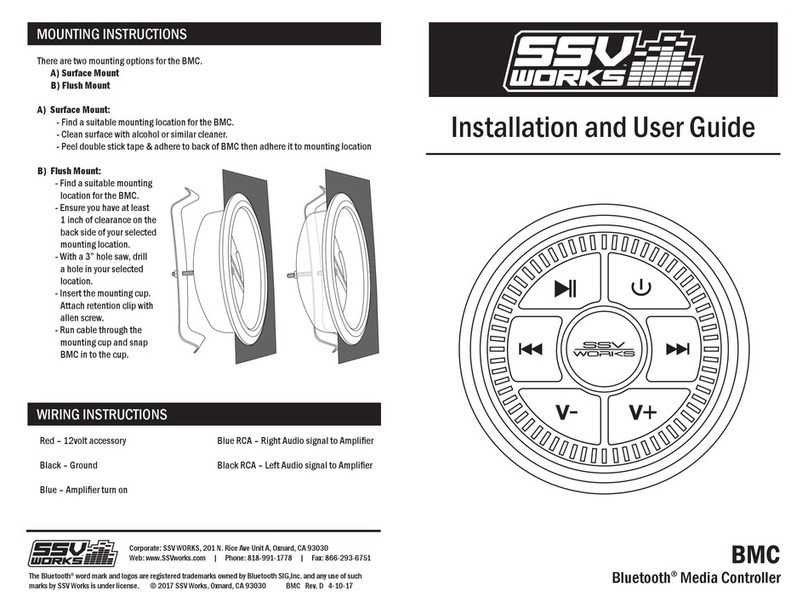
SSV Works
SSV Works BMC Installation and user guide
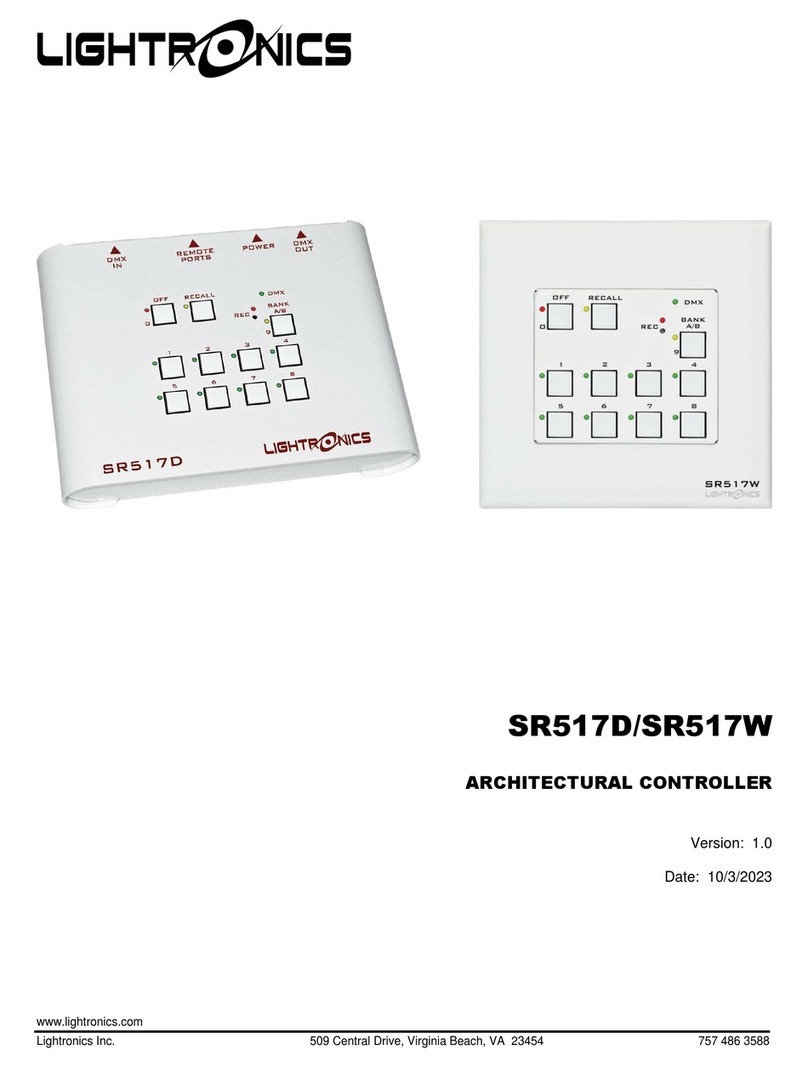
Lightronics
Lightronics SR517D manual

Infineon Technologies
Infineon Technologies ICE2PCS Series Design guide

Mitsubishi Electric
Mitsubishi Electric MELSEC iQ-R Series Configuration manual
